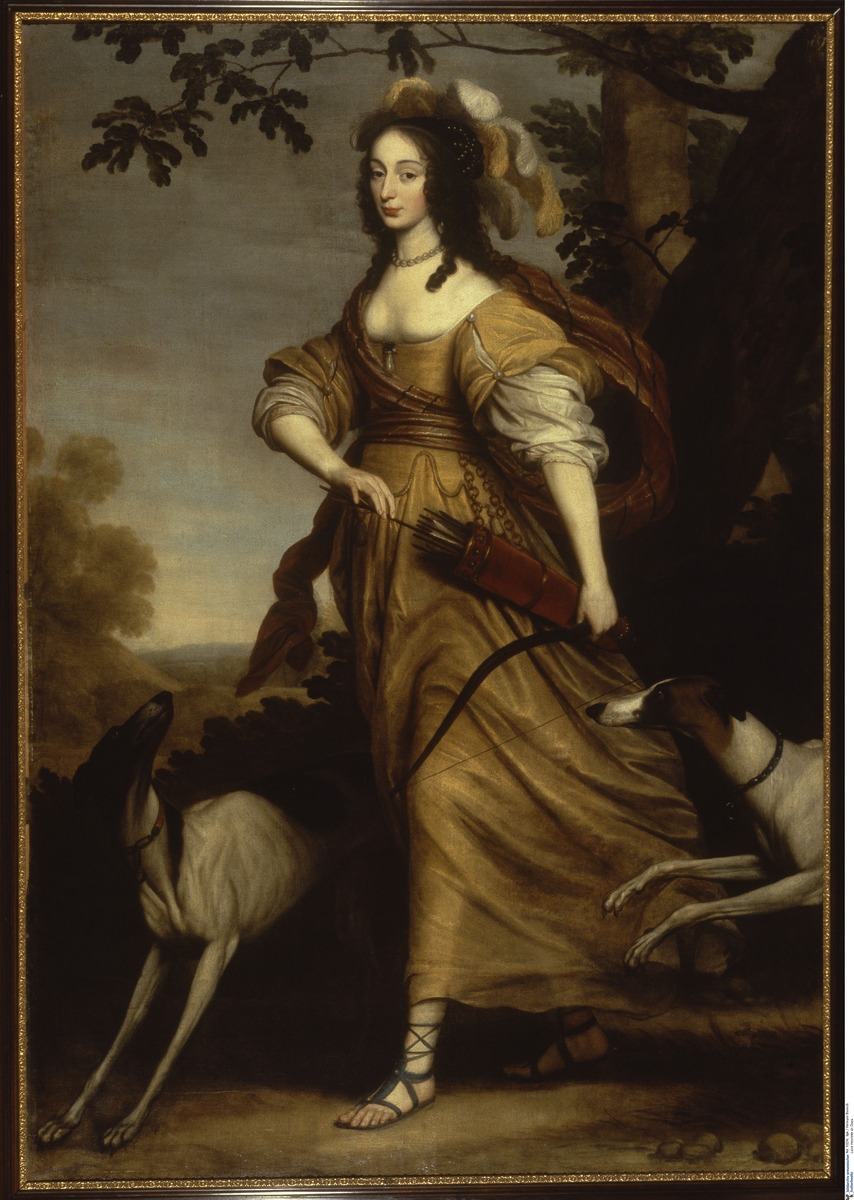Abstract
Princess Louise Henriette of Orange (1627-67), the daughter of Dutch
stadtholder Frederick Henry of Orange, is shown here, at age sixteen, as
Diana, the Greek goddess of hunting. Three years later, she married
Frederick William (the “Great Elector”) of Brandenburg (r. 1640-88).
Frederick William, a Calvinist, had spent four years of his youth in the
Dutch Republic. It was a formative experience that strengthened his
commitment to the Calvinist cause. The House of Brandenburg regarded his
marriage to Louise Henriette, also a Calvinist, as beneficial since it
carried the promise of Dutch support. Louise Henriette was not the first
of her father’s children to be wed in a strategic partnership – in 1641,
her older brother William II of Orange married Mary Stuart, the eldest
daughter of King Charles I of England.
As Electress of Brandenburg, Louise Henriette patronized the arts and
supported charitable projects. Oranienburg Castle, north of Berlin, was
commissioned by her husband as a gift to her and named after her family
dynasty.
